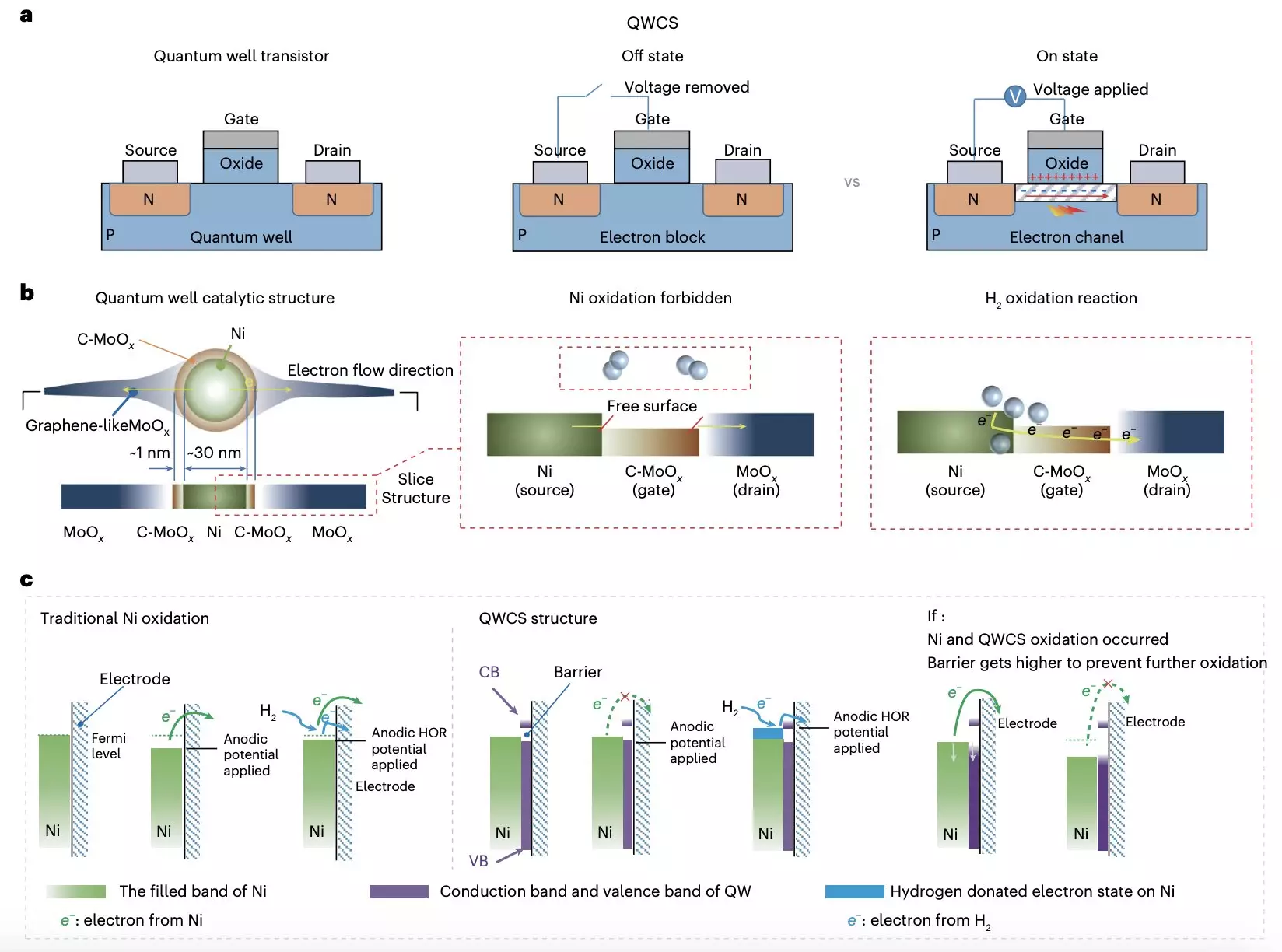Fuel cells have long been hailed as a promising energy-conversion solution that can generate electricity without contributing to air pollution. These cells have the potential to power a wide range of technologies, from electric vehicles to industrial machines. However, the widespread adoption of fuel cells has been hindered by the reliance on expensive materials and precious metal catalysts in many existing designs.
Anion-exchange-membrane fuel cells (AEMFCs) offer a potential solution to the cost and reliability challenges faced by traditional fuel cell designs. By utilizing Earth-abundant and low-cost catalysts, AEMFCs could be more affordable and accessible. Despite the promise of AEMFCs, researchers have encountered significant obstacles in developing non-precious metal catalysts that are resistant to self-oxidation, which can lead to irreversible cell failure.
Recently, a team of researchers from Chongqing University and Loughborough University unveiled a groundbreaking strategy to address the issue of self-oxidation in metallic nickel electrocatalysts for AEMFCs. Their innovative solution involves the use of a quantum well-like catalytic structure (QWCS) comprised of quantum-confined metallic nickel nanoparticles.
QWCSs are nanostructures with quantum well properties that have the potential to enhance catalytic activity. The researchers designed a new QWCS, known as Ni@C-MoOx, which enables the selective transfer of external electrons produced during the hydrogen oxidation reaction. This selective transfer of electrons protects the catalyst from electro-oxidation, ensuring the long-term stability and performance of the fuel cell.
The Ni@C-MoOx catalyst demonstrated exceptional stability and performance, sustaining an excellent hydrogen oxidation reaction catalytic stability even after 100 hours of continuous operation under harsh conditions. The catalyst was used to create an anode-catalyzed alkaline fuel cell that achieved a high specific power density of 486 mW mgNi-1, with no decline in performance following repeated shutdown-start cycles.
The new catalytic structure developed by the research team shows immense promise in the development of cost-effective AEMFCs that are both reliable and long-lasting. By leveraging quantum confinement to prevent the electro-oxidation of non-precious metals, this breakthrough in catalyst design could pave the way for the creation of other innovative catalysts with similar protective properties.
The advancement in catalyst design for fuel cells represents a significant step forward in the quest for sustainable and efficient energy solutions. The research conducted by the team from Chongqing University and Loughborough University has opened up new possibilities for the development of affordable and reliable fuel cell technologies that could revolutionize the energy landscape in the years to come.

